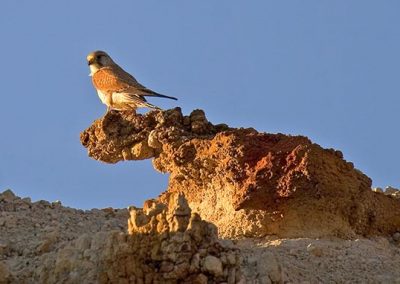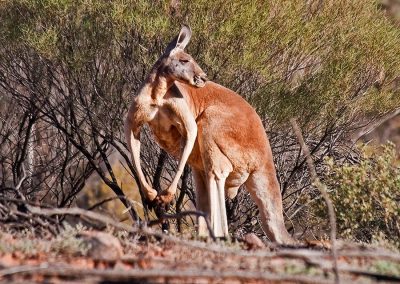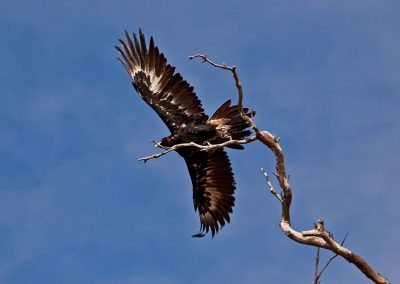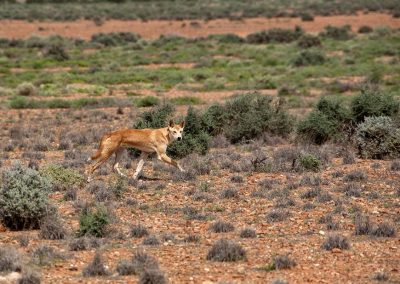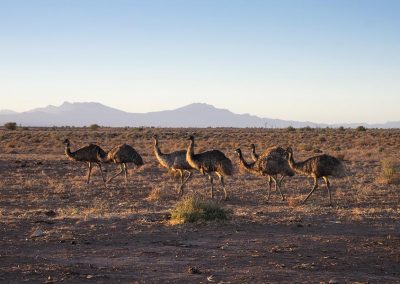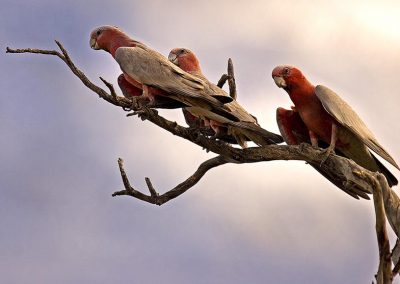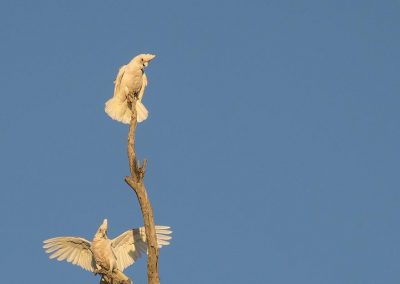Conservancy
At Martins Well RR we are committed to rehabilitating the landscape back to its natural beauty.
But 150+ years of European settlement has made significant alterations to this land which resulted in the near extinction of the Yellow Footed Rock Wallaby, Spotted Quoll, Sandalwood and the Purple Spotted Gudgeon. Through the hard work of government and neighbouring properties, these species are now repopulating successfully.

